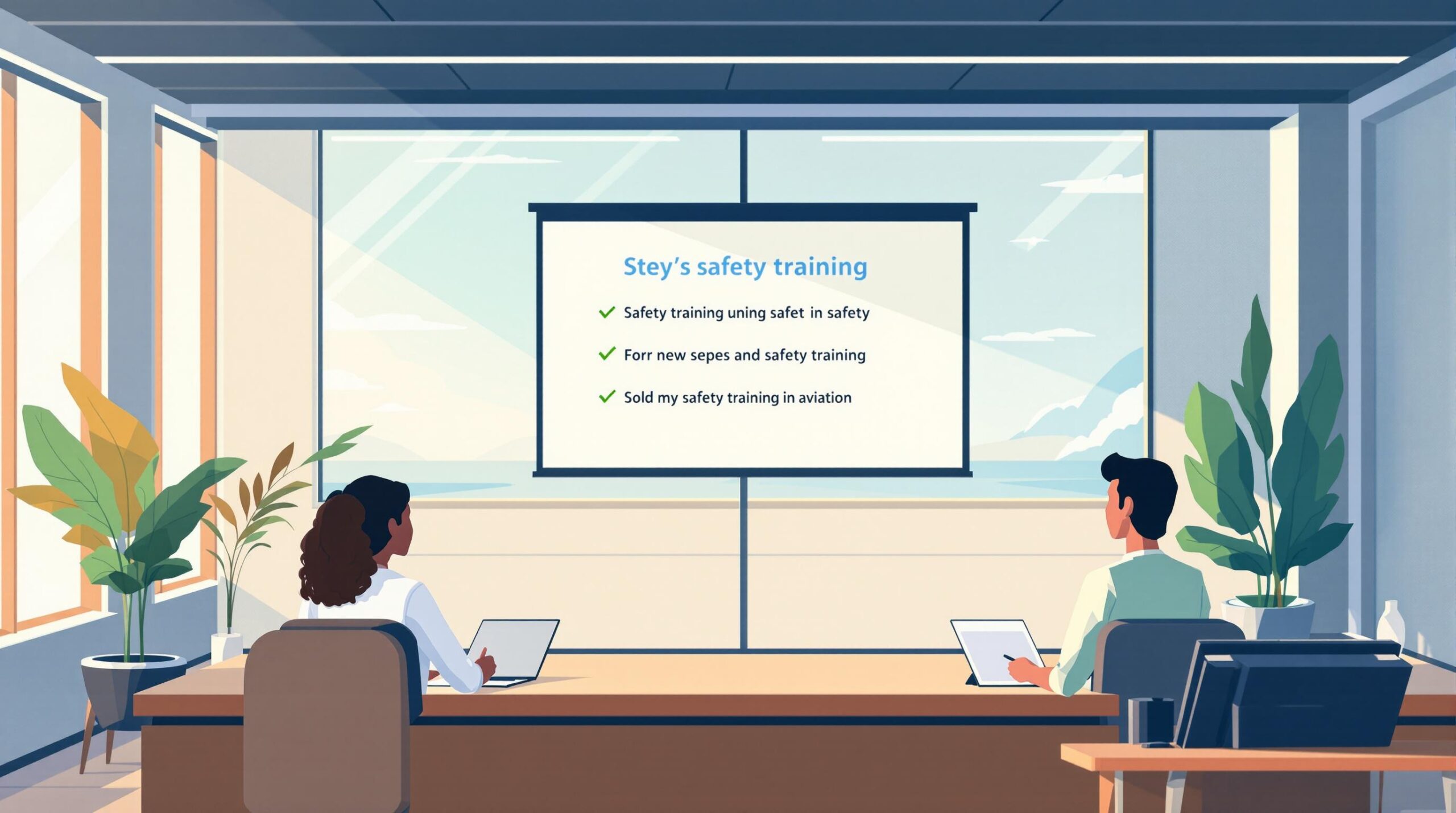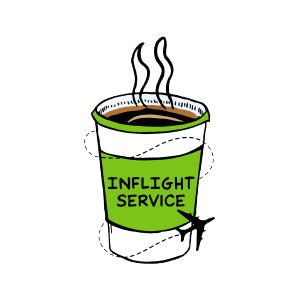Takeoff and landing are the most critical phases of flight, requiring precise control of four key aerodynamic forces: lift, thrust, drag, and weight. Here’s what you need to know:
- Takeoff: Pilots balance speed, thrust, and lift to leave the ground. Key factors include engine thrust, rotation speed, and ground effect.
- Landing: Slowing down safely involves using flaps, spoilers, reverse thrust, and brakes. Managing approach speed and adjusting for wind or runway conditions are essential.
- Challenges: Wind, runway length, and poor conditions like ice or rain can complicate these phases, requiring careful adjustments to maintain control.
Understanding these forces and how they interact ensures smoother, safer flights for pilots and passengers alike.
How do Flaps Work?
Forces at Takeoff
Takeoff is all about balancing aerodynamic forces to get the aircraft off the ground and into the air.
Building Lift
As the plane picks up speed, its wings start producing more lift. By the time it reaches rotation speed, the lift is almost equal to the aircraft’s weight. During the takeoff roll, the angle of attack (the angle between the wing and the oncoming air) stays fairly constant. At rotation, pilots increase this angle to generate the extra lift needed for liftoff. Of course, none of this works without enough engine thrust to turn that lift into actual takeoff.
Engine Thrust
The engines play a key role here. They generate the thrust needed to overcome both inertia and rolling resistance. Modern turbofan engines usually run at full power during takeoff to hit the required speed within the limits of the runway. However, at higher altitudes, engine efficiency can drop, which pilots must account for.
Ground Effect
When the aircraft is flying close to the ground – within about one wingspan – something called ground effect comes into play. This reduces induced drag (a type of aerodynamic resistance) and gives the lift a slight boost. As the plane climbs higher, this effect diminishes, and pilots need to adjust the thrust and pitch accordingly.
Takeoff is a careful dance of managing airspeed, pitch, and thrust to ensure everything comes together for a smooth transition from ground to air.
Forces at Landing
Slowing the Aircraft
Landing requires precise control of forces to ensure safety. As the aircraft nears the runway, pilots use high-lift devices like flaps and slats to improve aerodynamic performance. These tools increase both lift and drag, allowing the plane to fly slower while still staying airborne and helping it decelerate. Once the aircraft touches down, spoilers are deployed to reduce lift and shift the plane’s weight onto the landing gear, improving the effectiveness of the brakes. At the same time, managing the approach speed is key to working in harmony with these aerodynamic adjustments.
Speed Control
Controlling approach speed is a critical part of landing. Pilots adjust the speed based on factors like the aircraft’s weight, configuration, and weather conditions. For example, a Boeing 777-300ER typically approaches the runway at around 145 knots (167 mph), staying safely above its stall speed. In windy or gusty conditions, pilots may add a small speed buffer to handle sudden changes. This careful speed management ensures the aircraft has enough energy to handle unexpected situations, while avoiding excessive speed that could cause the plane to float or overshoot the runway.
Stopping Forces
After managing approach speed, the focus shifts to stopping the aircraft. Several systems work together to bring the plane to a halt:
- Wheel Brakes: Carbon brakes absorb the energy from landing.
- Reverse Thrust: Redirects engine exhaust forward, aiding in deceleration alongside the brakes.
- Spoilers: Increase drag and shift weight to the landing gear, improving braking efficiency.
Runway conditions play a big role in how effective these systems are. On dry runways, stopping is more efficient. However, wet or slippery surfaces reduce braking performance, requiring longer distances to stop. Pilots account for these factors when calculating the necessary landing distance.
sbb-itb-de05b1b
Control Techniques
Takeoff Control
During takeoff, maintain a pitch angle of 10–15° as the aircraft rotates. For example, on a Boeing 737, pilots typically begin rotation at around 140 knots (161 mph) and gradually increase the pitch to establish a steady climb rate.
Flight director systems and Flight Path Vector (FPV) displays help ensure a smooth climb by guiding the aircraft’s trajectory and managing thrust settings. Precision during this phase is critical, just as it is during landing.
Landing Control
After takeoff, landing control plays a key role in ensuring a stable approach. Pilots manage the aircraft’s speed and configuration to balance aerodynamic forces effectively. To counter crosswinds, they may use the crab, wing-low, or a combination of both techniques.
The transition from approach to touchdown involves executing the flare maneuver at the right moment. Pilots typically begin the flare at 20–30 feet above the runway, reducing power while adjusting the pitch to achieve a smooth touchdown.
Braking Methods
Efficient braking relies on the coordination of multiple systems. The autobrake setting should be chosen based on factors like runway conditions and the aircraft’s weight.
Key braking steps include:
- Allow the nose wheel to lower naturally after touchdown.
- Confirm automatic deployment of spoilers.
- Immediately apply reverse thrust, followed by wheel braking once the nose wheel stabilizes.
Anti-skid systems adjust brake pressure to prevent tire lockup, ensuring both effective braking and directional control.
Problem Solving
Tackling operational challenges often requires precise adjustments to maintain control and safety. Let’s look at how to handle some common scenarios.
Wind Management
Strong winds can have a big impact on takeoff and landing. For crosswinds, increase your approach speed according to your operating procedures. In gusty conditions, make adjustments to airspeed, flap settings, and power as needed to maintain stability.
Runway-specific wind challenges may also call for tailored strategies to ensure a safe approach and landing.
Runway Limitations
Short or high-altitude runways present unique challenges. For example, at airports like Denver International, the reduced air density at higher elevations affects both lift and engine performance. This means you may need longer takeoff distances and specific adjustments to thrust or payload. Always consult your aircraft’s performance charts and manufacturer guidelines to determine the required runway length and operating parameters.
Poor Runway Conditions
Runways covered in water, snow, or ice can reduce braking effectiveness and make directional control harder. When dealing with such conditions, recalculate landing distances and adjust your approach accordingly. Aim for a firm touchdown and follow the prescribed procedures to maximize braking efficiency and maintain control. Always stick to your aircraft’s operating guidelines for safe handling.
Summary
Aerodynamic forces play a key role in ensuring safe takeoffs and landings. These concepts tie directly into the detailed procedures discussed earlier.
Managing these forces effectively relies on several factors. For takeoff, accurate control inputs are critical for a smooth departure. Landing demands careful energy management and control of descent rates. During the final approach, maintaining proper speed and accounting for ground effect are crucial. Approach speeds should align with the aircraft’s weight and current conditions.
As highlighted earlier, factors like wind, temperature, and air density influence aircraft performance. Pilots must continuously adjust for these variables during both takeoff and landing.
For pilots looking to grow their careers, Pilot Pathfinder offers tools like logbook management, interview preparation, and career development support. Learn more at Pilot Pathfinder.
Key elements of managing aerodynamic forces include:
- Accurate control during takeoff and rotation
- Maintaining appropriate speeds during approach and landing
- Adjusting for environmental conditions
- Applying aerodynamic principles effectively




